Boat photography stands as a unique art form, capturing the essence of luxury and craftsmanship in the most elegant way. For those who aspire to create award-winning boat photos, the process involves a blend of technical expertise, creative vision, and a deep appreciation for the subject matter. Whether you’re a seasoned photographer or a newcomer to the world of marine imagery, mastering the techniques that yield award-winning results is within reach. This article delves into the secrets behind creating stunning boat photographs that not only capture the beauty of the vessel but also resonate with viewers on a profound level. From understanding the best camera settings to employing post-processing magic, we’ll explore the strategies that have made boat photography a celebrated art form. Discover how to navigate the complexities of lighting, composition, and storytelling to produce works that could very well earn recognition in prestigious competitions. Join us as we uncover the keys to crafting boat photographs that transcend mere documentation and become true works of art.
Key Takeaways
- Capture Stunning Boat Photos: Position yourself strategically to highlight boat features, aiming for symmetry, movement, or unique perspectives.
- Time Your Shots Perfectly: Shoot during golden hours for soft, directional lighting that enhances textures and colors.
- Focus on Intricate Details: Pay attention to rigging, sails, and design elements for standout shots.
- Showcase the Surrounding Environment: Include ocean, sky, or landmarks to add depth and context.
- Experiment with Dynamic Movement: Capture moments like boats slicing through water or sails catching the wind.
- Utilize Natural Light Effectively: Avoid harsh light by shooting during midday or golden hours for flattering results.
- Incorporate Reflections for Depth: Look for reflections off the water to enhance your photos.
- Compose with Leading Lines: Use lines like masts or bows to guide the viewer’s eye.
- Stay Patient and Observant: Wait for the perfect alignment of boat and surroundings for harmonious shots.
- Enhance Post-Processing: Fine-tune colors, contrast, and exposure to elevate your photos.
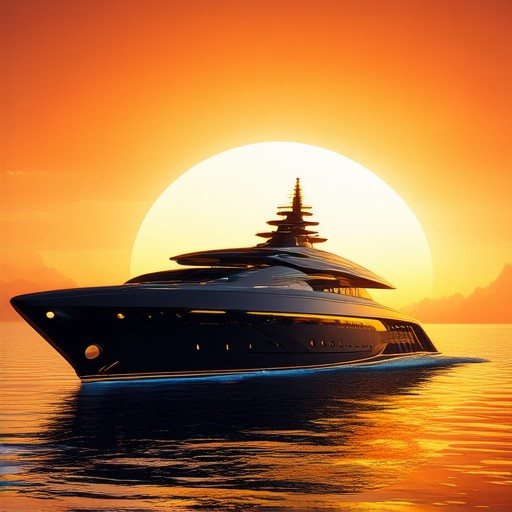
How to Take Award-Winning Boat Photos
To capture stunning boat photos that stand out, consider these essential tips:
1. Master Composition
-
- Frame the subject thoughtfully, leaving ample space around the boat for context.
2. Lighting is Key
-
- Shoot during golden hour for soft, directional light that enhances textures and colors.
3. Angles and Perspectives
-
- Capture the boat from unique vantage points, like head-on, three-quarter, or bird’s-eye views.
4. Storytelling Through Photography
-
- Capture the boat in motion to convey its energy and purpose.
5. Equipment and Post-Processing
-
- Use a high-quality camera with a wide-angle lens for capturing vast scenes.
By combining these techniques, you can create boat photos that not only capture the essence of the subject but also resonate emotionally with viewers. Whether you’re documenting a race, a leisurely cruise, or a moment of triumph, thoughtful composition, lighting, and storytelling will set your work apart.
What Makes Boat Photography Award-Winning?
A standout boat photograph isn’t just a snapshot—it’s a carefully crafted work of art that captures the essence of the subject and the medium. Here are the key elements that define award-winning boat photography:
1. Masterful Composition
- The arrangement of elements within the frame creates visual balance and interest. Boats often serve as the focal point, but the surrounding environment—water, sky, waves, and reflections—plays a crucial role in shaping the composition.
- Leading lines, such as the mast or bow of the boat, guide the viewer’s eye, drawing them into the scene and enhancing the sense of movement and direction.
- Color and texture contrasts, like the interplay between the boat and the vibrant hues of a setting sun or the frothy whitecaps of breaking waves, add depth and dimensionality to the image.
2. Exceptional Lighting
- Lighting is the soul of photography. In boat photography, it’s essential to capture the right mood and atmosphere. Soft, diffused light during golden hour often highlights the boat’s features beautifully, creating warm tones and soft shadows.
- Dramatic lighting, such as a stormy sky with dramatic cloud formations and lightning strikes, can add intensity and emotion to the scene.
- Brightness and contrast ratios are carefully balanced to ensure the boat stands out while the background doesn’t overpower it.
3. Compelling Storytelling
- A great boat photograph tells a story. Whether it’s the thrill of a race, the serenity of a calm evening sail, or the drama of a rescue operation, the image must convey action, emotion, or a sense of place.
- Capturing the boat in motion, like a sleek hull cutting through the water or a kiteboarder launching off a wave, adds dynamic energy to the shot.
- Contextual elements, such as the boat’s name, its crew, or the surroundings, can add layers of meaning and make the photograph more relatable to others who share a passion for boating.
4. Technical Prowess
- Technical skills are the foundation of every award-winning photograph. Proper exposure, sharp focus, and accurate depth of field are critical to bring the scene to life.
- Understanding how to freeze motion, like the perfect moment when a wave crests or a bird takes flight, requires advanced knowledge of shutter speed and timing.
- Post-processing techniques, such as adjusting color balance, removing unwanted distractions, and enhancing clarity, can transform a good shot into an excellent one.
5. Innovative Angles and Perspectives
- Boat photography often benefits from unique perspectives. A low-angle shot can emphasize the boat’s size and dominate the frame, while a high-angle shot can highlight its vulnerability against the vastness of the ocean.
- Exploring creative angles, such as shooting from the bow, deck, or even underwater, offers fresh viewpoints and adds a personal touch to the imagery.
- Experimentation with perspective can lead to unexpected and striking results, making the photograph more memorable and visually engaging.
6. Emotional Connection
- Award-winning boat photographs resonate with viewers on a deeper level. They evoke emotions ranging from exhilaration to nostalgia, inspiring wonder and appreciation for the beauty of the sea.
- Colors play a significant role in evoking feelings. Warm tones often symbolize peace and relaxation, while cool tones can convey mystery and adventure.
- Texture adds tactile interest, whether it’s the rough surface of the boat’s hull or the smooth glide of the water beneath.
By combining these elements, boat photographers create timeless works that celebrate the artistry of sailing and the enduring appeal of the open sea.
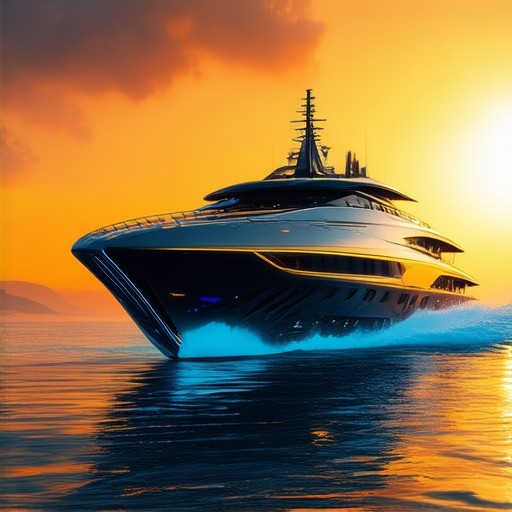
What Are the Best Practices for Capturing Award-Winning Boat Photos?
To capture award-winning boat photos, consider the following proven techniques and strategies:
- Master Lighting :
- Utilize natural light effectively, often during golden hours (sunset or sunrise) for soft, dramatic shadows.
- When shooting in shaded areas, use fill lights to avoid harsh shadows.
- Experiment with low-light conditions by increasing ISO settings and using long exposure techniques.
- Composition :
- Choose a unique perspective that highlights the boat’s features, such as its shape, reflection, or interaction with water.
- Incorporate leading lines (like the boat’s mast or rigging) to guide the viewer’s eye towards the subject.
- Balance the composition by including elements like the horizon, waves, or distant sails to add depth.
- Timing :
- Capture dynamic moments, such as the boat slicing through the water or maneuvering in rough seas.
- Pay attention to the tide and weather conditions, as they can drastically change the appearance of the boat and surroundings.
- Equipment :
- Use a high-quality camera with a fast lens (wide-angle recommended for capturing broad scenes).
- Employ a tripod for stability, especially in moving water conditions.
- Consider using a polarizing filter to reduce glare and enhance color vibrancy.
- Reflections and Reflections :
- Take advantage of reflections off the water surface to add depth and dimension to your shots.
- Experiment with silhouettes by shooting against the setting sun or moonlight.
- Post-Processing :
- Edit your photos to enhance colors, contrast, and sharpness while maintaining authenticity.
- Remove unwanted distractions and adjust perspective if needed.
By combining these elements, you can create stunning boat photos that stand out in competitions and resonate with viewers. Remember, the key is to tell a story through your lens while adhering to the rules of composition and timing.
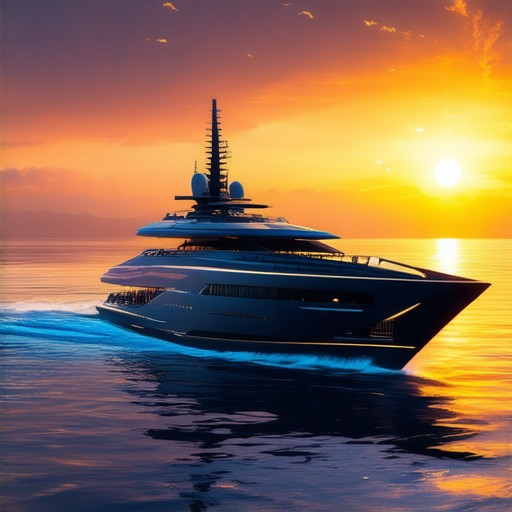
What Are the Best Tips for Capturing Award-Winning Boat Photos?
Here are expert-recommended tips to help you capture stunning boat photos:
- Choose the Right Angle : Position yourself strategically to highlight the boat’s features. Aim for compositions that emphasize symmetry, movement, or unique perspectives.
- Time Your Shots Wisely : Capture the boat during golden hours—early morning or late afternoon—for soft, directional lighting that enhances textures and colors.
- Focus on Details : Pay attention to intricate details like rigging, sails, or the boat’s design. These elements often make the difference between an average shot and an award-winning one.
- Show the Environment : Include the surrounding setting, such as the ocean, sky, or nearby landmarks, to give context and depth to your photos.
- Experiment with Movement : Capture dynamic moments like a boat slicing through water or sails catching the wind. Motion adds life to your shots.
- Use Natural Light : Avoid harsh shadows by shooting during midday or golden hours. Diffused light often produces the most flattering results.
- Consider Reflections : Look for reflections off the water surface to add depth and a sense of place to your photos.
- Compose with Leading Lines : Use lines in the scene, like the mast or bow, to guide the viewer’s eye and create a balanced composition.
- Stay Patience and Observant : Wait for the perfect moment when the boat and its surroundings align harmoniously. Sometimes, the best shots happen unexpectedly.
- Post-Processing Enhancements : Fine-tune your photos using editing software to adjust colors, contrast, and exposure. This can elevate your photos to their full potential.
By applying these tips, you can create boat photos that stand out and resonate with viewers. Explore more resources and inspiration on Sailing Photo Awards to take your photography to the next level.
Top Tips for Creating Award-Winning Boat Photos
Creating standout boat photos requires a combination of technical skill and artistic vision. Here are expert tips to help you capture award-winning results:
- Master Composition:** A well-composed photo balances elements like horizon, boat, and surroundings. Experiment with angles, symmetry, and perspective to create visually appealing layouts.
- Utilize Natural Light:** Golden hours (sunrise/sunset) provide soft, directional lighting that enhances textures and colors. Avoid harsh midday sun for better contrast and details.
- Balance Colors:** Use complementary colors to create visual interest. Adjust white balance and experiment with color correction tools to ensure vibrant yet natural hues.
- Explore Unique Angles:** Capture photos from low angles, high vantages, or unique perspectives to add drama. Consider shooting from the bow, deck, or even underwater for creative effects.
- Incorporate People:** Include crew members or passengers in your shots to add scale and tell a story. Pose subjects naturally to avoid awkwardness and enhance the scene’s authenticity.
- Edit Carefully:** Post-processing is key. Adjust exposure, remove unwanted objects, and fine-tune colors to bring out the best in your shot. Use software tools to enhance clarity and detail.
To further your skills, explore the Sailing Photo Awards competition, showcasing incredible maritime photography. Our blog offers tips, techniques, and inspiration for aspiring photographers.
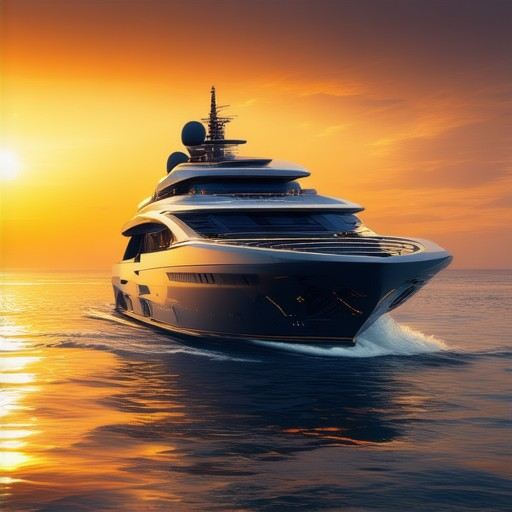
What Makes Boat Photography Award-Winning?
Award-winning boat photography stands out through a combination of artistic vision, technical skill, and a deep connection to the subject. To achieve this level of excellence, photographers must master several key elements:
- Composition: The arrangement of elements within the frame is crucial. A well-composed boat photo balances shape, texture, and color, often emphasizing movement or stability. Symmetry, perspective, and leading lines are common techniques to enhance this aspect.
- Lighting: Lighting plays a pivotal role in transforming a scene. Golden hour and blue hours offer soft, directional light that highlights textures and creates dramatic shadows. Understanding light direction, intensity, and color is essential for capturing vibrant and dynamic boat photos.
- Storytelling: Great boat photography goes beyond mere aesthetics—it tells a story. Whether depicting a serene morning calm, an adventurous journey, or the character of the vessel, the image must evoke an emotional response and convey a sense of place.
- Technical Prowess: Mastering technical aspects like sharpness, color accuracy, and exposure ensures the final image is crisp and visually appealing. Post-processing techniques, such as adjusting tonality and removing distractions, enhance the overall quality.
- Unique Angles: Innovative perspectives, like low-angle shots or bird’s-eye views, add depth and interest. These angles often reveal the boat’s form and environment in a fresh way, making the image more engaging.
- Emotional Connection: The best boat photos resonate on a personal level. They capture the essence of the boat’s character, the experience of being on the water, or the connection between the boat and its crew, creating a lasting impression.
For more insights and to explore award-winning works, visit the Sailing Photo Awards website. This platform showcases exceptional boat photography and provides resources for aspiring photographers.
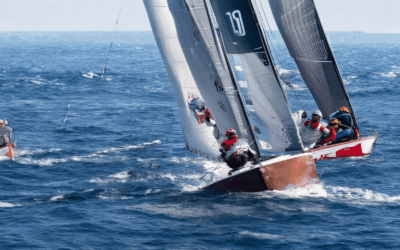
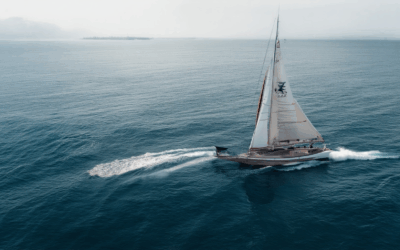
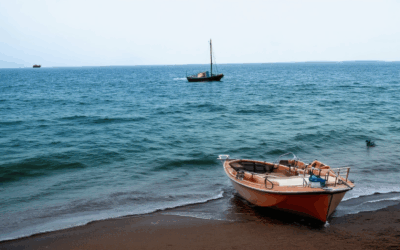
0 Comments